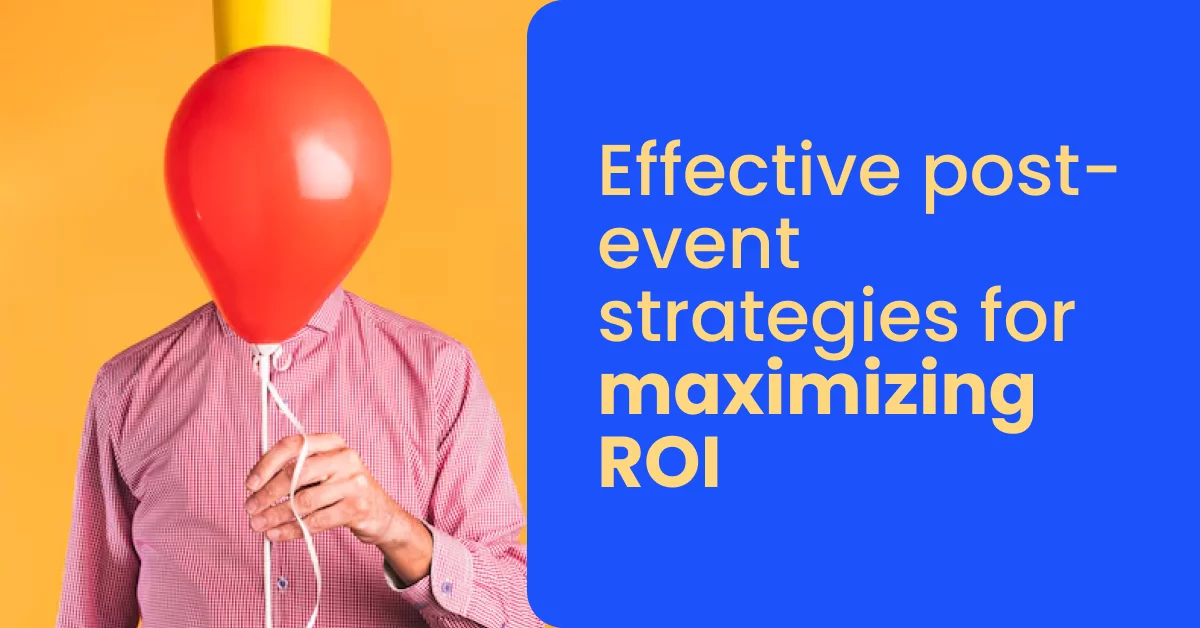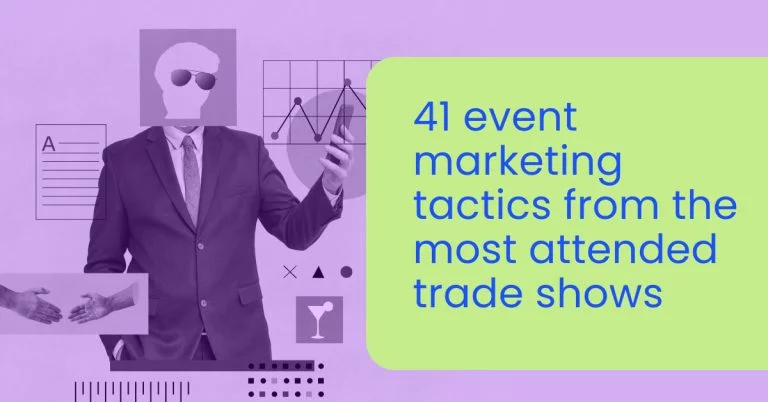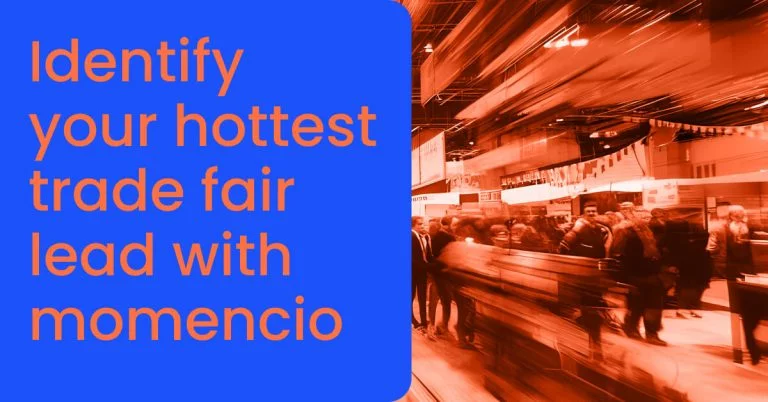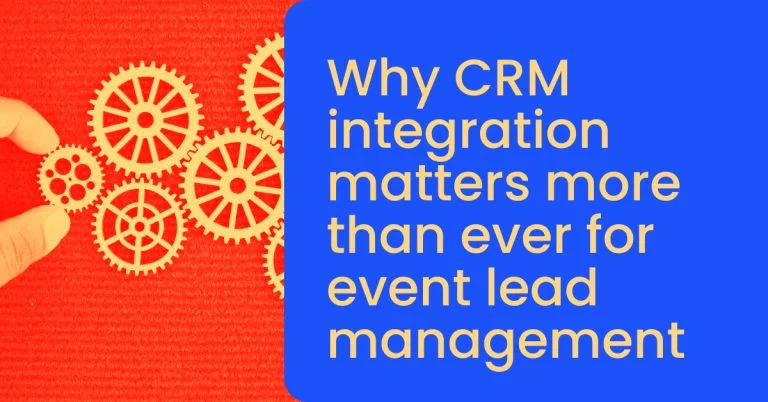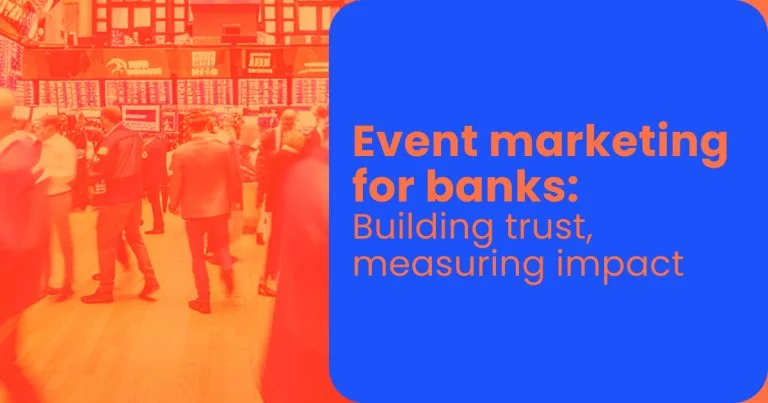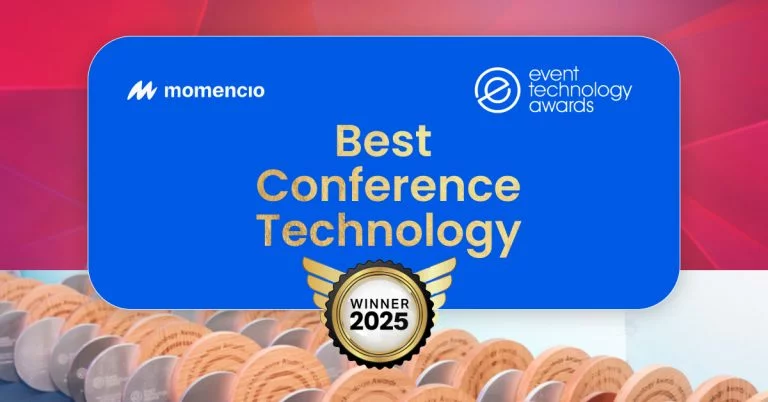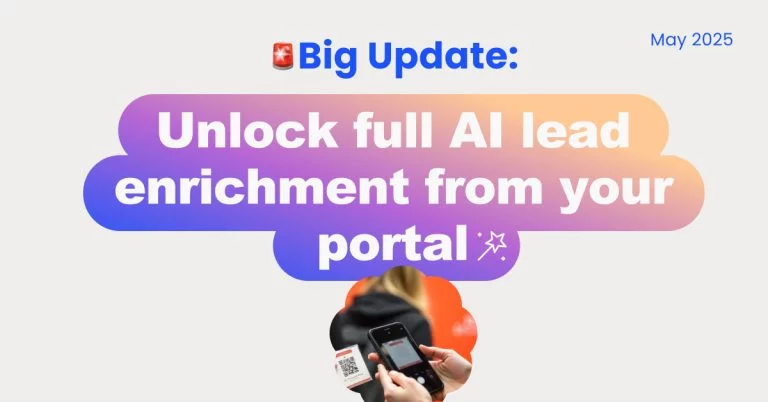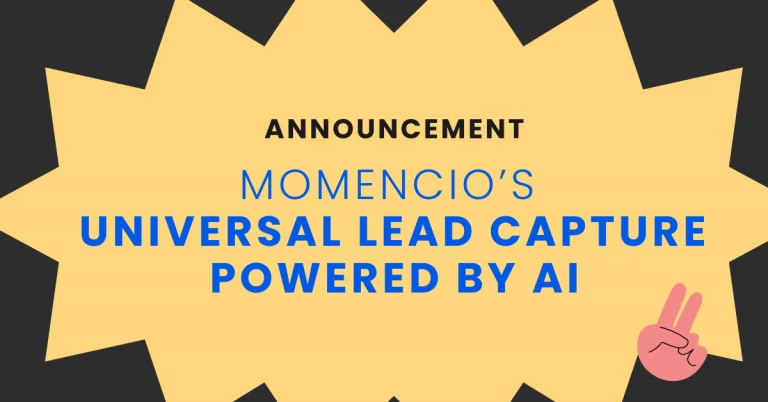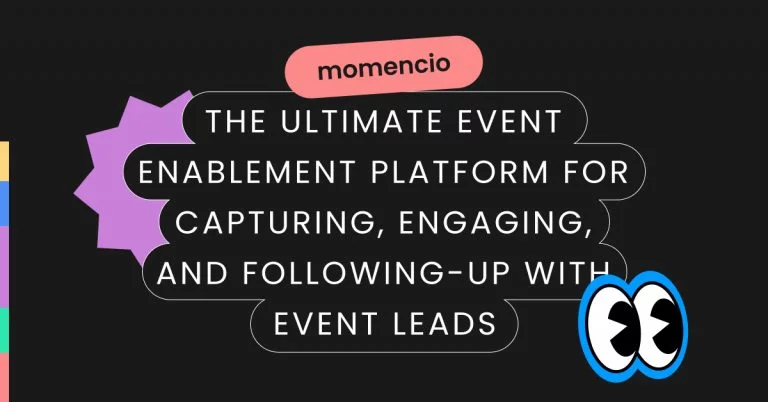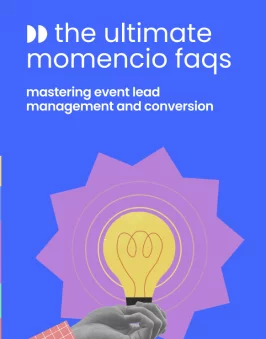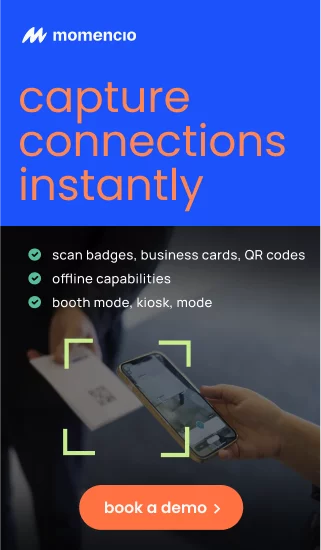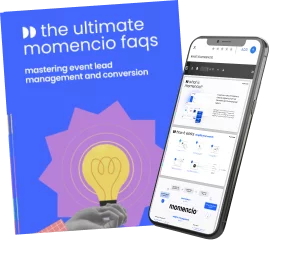The impact of effective post-event strategies cannot be overstated. While events are bustling with opportunities, the real value lies in how those leads are nurtured and converted after the event concludes. According to recent industry statistics, 60% of marketers believe that the effectiveness of post-event follow-ups directly correlates with ROI improvement. Yet, many professionals still struggle to leverage this crucial phase optimally.
TL;DR: The success of your event is defined by what happens after it ends. With 87% of event organizers agreeing that post-event strategies directly impact ROI, this article dives into actionable steps to nurture leads, analyze event data, and optimize follow-ups. Learn how to use tools like CRM platforms and marketing automation to transform event interactions into measurable growth, ensuring your efforts lead to higher conversions and future-ready strategies.
Why post-event strategies are crucial for ROI
Events provide a dynamic environment for creating connections but capitalizing on those connections post-event is the real challenge. Studies show that 70% of event leads are never followed up on, highlighting a massive missed opportunity. A strong post-event strategy ensures that your event investment translates into tangible results.
The role of post-event strategies
- Closing the ROI loop: Events are resource-intensive. From booth setup to travel expenses, the costs add up. Post-event strategies help justify these expenditures by transforming leads into sales.
- Strengthening relationships: Prompt and personalized follow-ups leave a lasting impression, making attendees feel valued.
- Learning opportunities: Post-event data offers valuable insights for optimizing future events. Metrics such as attendee engagement, session popularity, and lead quality provide actionable feedback.
Key outcomes of strategic follow-up
- Improved conversion rates: Engaging with leads while your brand is fresh in their minds significantly increases conversion potential.
- Enhanced brand loyalty: Consistent communication builds trust and positions your brand as reliable.
- Data-driven decisions: By evaluating performance metrics, businesses can refine future strategies to maximize outcomes.
Immediate follow-up – turning leads into sales
One of the golden rules of post-event success is immediate follow-up. According to a study, following up within 24 hours increases the likelihood of converting leads by 47%.
Best practices for immediate follow-up
- Personalized communication: Tailor emails or calls based on attendee interactions during the event. Mention specific topics discussed or sessions attended.
- Automated tools: Use marketing automation platforms to send prompt, personalized emails. Tools like HubSpot and Salesforce integrate seamlessly with event data to streamline this process.
- Utilize landing pages: Create custom landing pages that provide attendees with session recaps, exclusive offers, and downloadable resources tailored to their interests.
Crafting effective follow-up emails
- Subject line: Keep it engaging and relevant (e.g., “Glad we met at [Event Name]!”).
- Body: Highlight key takeaways, provide valuable content, and include a clear CTA.
- Timing: Send your first follow-up email within 24 hours, followed by a series of nurturing emails.
Leveraging event data for actionable insights
Post-event data is a goldmine for strategic improvement. Tools like momencio provide real-time analytics, enabling businesses to act on insights effectively.
Key metrics to track
- Engagement levels: Track session attendance, booth interactions, and content downloads.
- Lead quality: Evaluate leads based on interactions, survey responses, and demographics.
- Conversion rates: Measure how many leads transitioned to the next stage of the sales funnel.
Using analytics for improvement
- Heatmaps: Visualize attendee movement and interaction hotspots to optimize booth layouts.
- Behavioral insights: Analyze content engagement to refine messaging and follow-up tactics.
- Future planning: Use data to identify popular topics, ensuring future events align with attendee interests.
Tools and technologies for post-event success
Effective post-event strategies rely on technology to streamline processes, track outcomes, and enhance lead nurturing. Here are some essential tools and technologies that can maximize ROI and simplify your follow-up efforts:
1. Customer relationship management (CRM) systems
CRM platforms like Salesforce and HubSpot serve as the backbone of post-event strategies. By integrating event data into your CRM, you can:
- Track attendee interactions and engagement history.
- Segment leads based on behavior and interests.
- Automate personalized follow-up emails and marketing campaigns.
CRM systems ensure that no lead falls through the cracks, enabling a consistent and efficient follow-up process.
2. Marketing automation tools
Platforms such as Mailchimp allow businesses to automate email campaigns and tailor messaging based on attendee behavior. Features like A/B testing and analytics provide insights into campaign performance, ensuring continuous optimization.
3. Event-specific platforms
Tools like momencio simplify the lead management process with features like badge scanning, real-time analytics, and personalized microsites. These platforms integrate seamlessly with CRMs, enabling data-driven decision-making and precise follow-ups.
4. Analytics and reporting tools
Post-event success depends on understanding performance metrics. Google Analytics, Tableau, and Power BI help marketers:
- Measure traffic from event-specific campaigns.
- Track engagement with post-event landing pages or emails.
- Analyze ROI by connecting attendee data with closed sales.
5. AI and machine learning
AI-driven platforms predict lead quality and prioritize follow-ups based on engagement levels. Tools like Conversica automate initial outreach, freeing up sales teams to focus on high-priority leads.
Part 6: Best practices for lead nurturing post-event
The post-event phase is an opportunity to build relationships and guide leads through the sales funnel. Here are some actionable best practices:
1. Segment your leads
Not all leads are equal. Use criteria such as job title, level of engagement, and industry to segment your audience. For instance:
- Hot leads: High-interest attendees who interacted multiple times.
- Warm leads: Attendees who showed some interest but need further nurturing.
- Cold leads: Attendees who require long-term nurturing campaigns.
2. Personalize your communication
Attendees appreciate tailored messages. Incorporate specific details such as:
- Sessions they attended.
- Products they expressed interest in.
- Personalized offers or discounts.
For example, an email could say:
“It was great to meet you at [Event Name]. Since you attended our session on [Topic], here’s a related resource that might interest you.”
3. Use multi-channel outreach
While email remains a powerful tool, diversify your approach to include:
- Social media engagement: Connect on LinkedIn or follow attendees on Twitter.
- Webinars and demos: Invite leads to online events that build on the event’s theme.
- Phone calls: For high-priority leads, direct conversations can yield faster conversions.
4. Create value-driven content
Content such as whitepapers, infographics, and case studies can keep leads engaged. Ensure the content aligns with their interests and provides solutions to their challenges.
Transforming event efforts into measurable growth
The value of an event is determined not by the number of attendees but by the quality of follow-up strategies. By prioritizing immediate follow-ups, leveraging data-driven insights, and using advanced tools, businesses can transform fleeting interactions into long-term relationships.
Post-event strategies are more than just a continuation of your efforts; they are the culmination of your investment. By implementing the practices outlined in this article, you can enhance lead conversion rates, justify event expenditures, and lay the groundwork for future success.
Unlock the full potential of your post-event efforts with momencio. Schedule a demo today to see how momencio simplifies lead management, enhances engagement, and maximizes ROI.
Interesting facts from research
- 60% of event marketers rely on post-event analytics to shape their strategy.
- Companies that personalize follow-ups see a 20% increase in lead engagement.
- Real-time data integration can reduce lead response time by 30%, significantly increasing conversion rates.
FAQs
- What is the best time to follow up after an event?
- Follow up within 24 hours to ensure leads remember your brand and maintain engagement momentum.
- How can I measure post-event ROI effectively?
- Use metrics such as lead-to-sale conversion rate, cost per lead, and attendee engagement scores. CRM and analytics tools are invaluable for tracking these KPIs.
- What are the most effective post-event tools?
- CRM systems, marketing automation platforms, and event-specific tools like momencio are critical for managing post-event activities and tracking success.
- How can I personalize post-event follow-ups?
- Incorporate details such as sessions attended, expressed interests, and personalized content offers into your follow-up communications.
- Why is lead segmentation important?
- Segmentation ensures that your follow-ups are relevant, increasing engagement and conversion rates.
